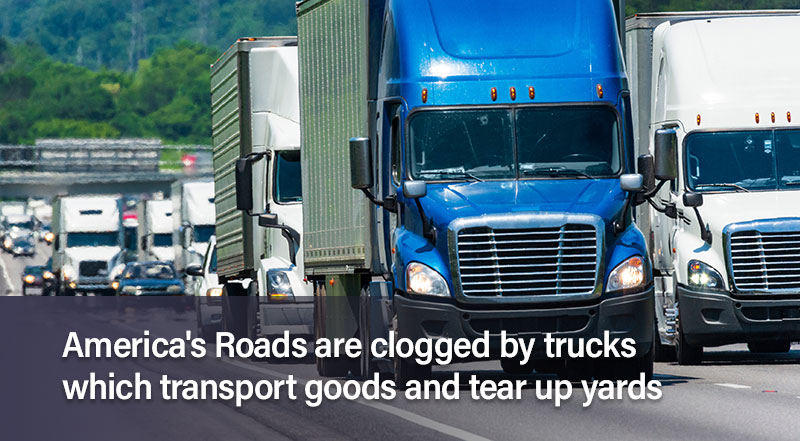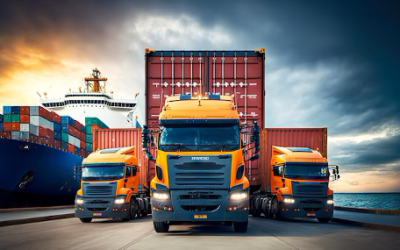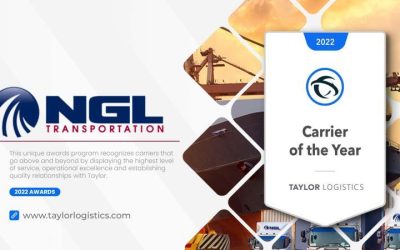The rise of pandemic online shopping is fueling the growth in truck traffic and disrupting global supply chains. They are causing headaches for state and local governments that face multibillion-dollar bills to finance road upkeep and expansions. The thousands more delivery trucks on neighborhood streets and tractor-trailers on interstate highways are solving one problem by creating another.
Having a high demand of supply, the American Trucking Association, the U.S. needs an additional 80,000 truck drivers to meet its demand. Despite the shortage, government forecasters expect tractor-trailer traffic to grow almost three times as fast over the next three decades. A severe lack of parking spaces for trucks has forced drivers to pull over on highway shoulders, mall parking lots, and residential streets to take breaks required under federal rules.
As the pandemic has accelerated, a move toward e-commerce has been underway for the past several years. Online retail made up 16% of retail sales in November 2021. Therefore, all those purchases emptied the retail inventories, promoting a surge of new orders to manufacturers, which themselves had to order new parts and machinery to meet that demand. Getting those goods to homes and factories requires a constellation of warehouses and trucks moving between them. However, as the federal government imposes special taxes on trucks in recognition of their damage to the roads, those taxes don’t cover the total impact on pavements, congestion, safety, or pollution. Thus, the troublesome has triggered disputes between the public and trucking associates without any solutions.
Reference: https://www.wsj.com/articles/trucks-roads-damage-traffic-supply-chain-11643210764





